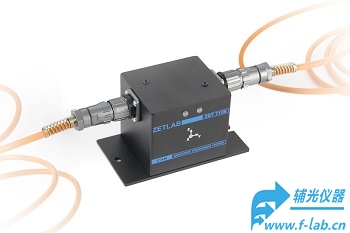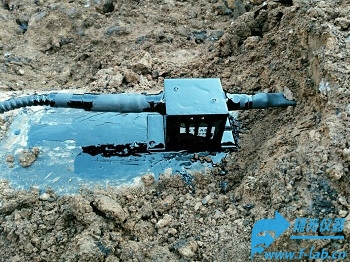| Metrological specifications | |
|---|---|
| Measured physical value | vibration velocity |
| Number of axes | 3 (X, Y, Z) |
| Frequency range | from 0,05 up to 100 Hz |
| Output values | instant |
| Measurement range | from 0,0015 up to 50 mm/s |
| Measurements error | 10 % |
| Intinsic noise level for:
vibration velocity vibration acceleration vibration displacement |
max. 05 μm/s
max. 6 μm/s2 max. 0.2 μm |
| Real-time perfomance monitoring | synchronization quality, data quality |
| Measurement reliability control | sensing element integrity control, measurement circuit control |
| Technical specifications | |
| Data refresh rate | 50, 100, 200, 500, 1000 Hz |
| Amplification ratio | 1, 8, 128 |
| Sensor type | integrated sensing element |
| Data transfer interface | CAN 2.0 |
| Exchange speed | 100, 300, 1000 kbps |
| Operational specifications | |
| Dimensions | 110×70,5×70,5 mm |
| Dimenions of the mounting plate | 129×70,5×3 mm |
| Weight | 500 g |
| Device power | from 9 up to 24 V |
| Consumed power | 0,5 W |
| Operating temperature range for industrial version/
for explosion-proof version |
from -40 up to +60 °C
from -60 up to +85 °C |
| Electromagnetic compatibility EMC | |
| IEC 61000-4-2, ESD | contact 4 kV, air 8 kV |
| IEC 61000-4-4, EFT | power supply 0,5 kV, signal 0,25 kV |
| IEC 61000-4-5, Surge | 500 V |
* Increase of amplification ratio leads to a proportional reduction of the digital seismometer’s measurement range

